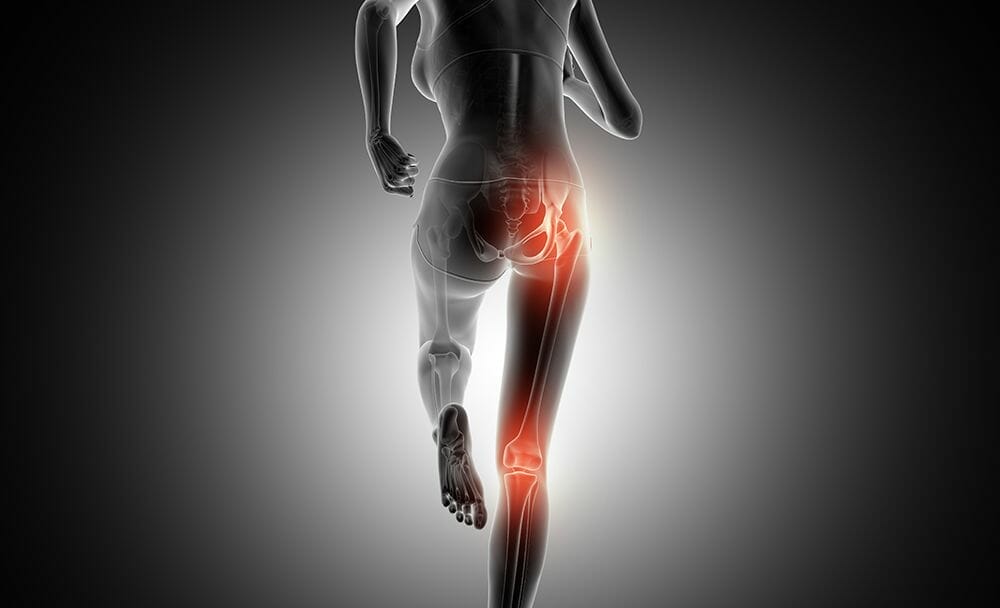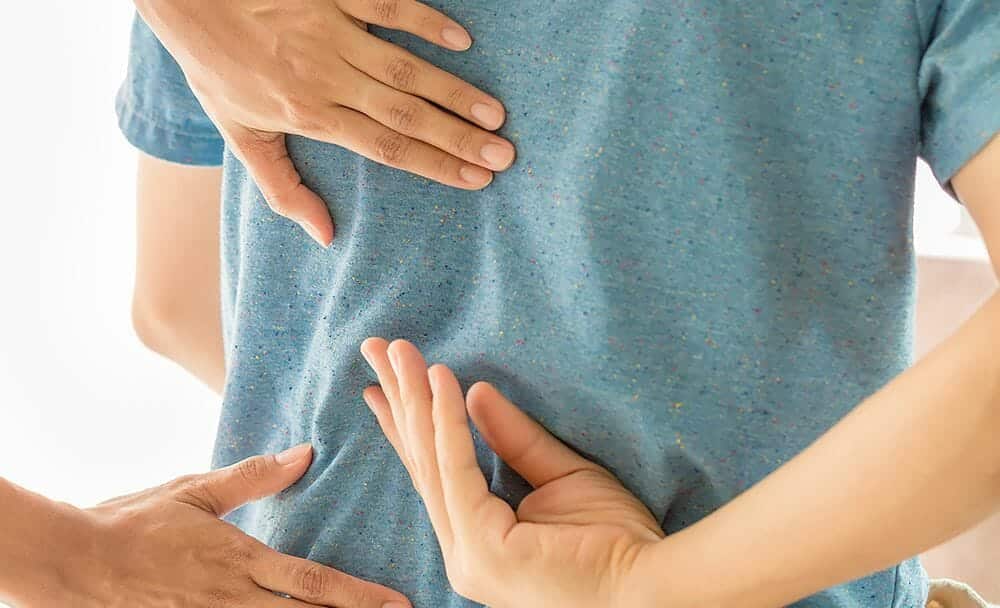
Ayurveda offers a variety of therapeutic and treatment oils with many health and wellness benefits. Sahacharadi thailam is one such Ayurvedic oil and a polyherbal formulation widely used in Ayurveda clinical practice for its multi-fold benefits, specifically for the management of Gridhrasi (Sciatica). In this blog, we will explore the origins of Sahacharadi Thailam, its key ingredients, its applications, and the potential benefits it offers for various conditions.
What is Sahacharadi Thailam?
Sahacharadi Thailam finds its roots in the ancient texts of Ayurveda, where it is classified as a “Thailam,” meaning an oil-based formulation. It is formulated by carefully infusing a base oil, typically sesame oil, with a range of potent herbs. The preparation process involves a methodical and time-intensive approach to extract the medicinal properties of the herbs and infuse them into the oil.
The name “Sahacharadi Thailam” is derived from its key ingredient, “Sahachara” (Strobilanthes ciliatus). Additionally, it contains a blend of other herbal ingredients known for their therapeutic benefits. The resulting oil is revered for its ability to balance the “Vata” dosha, one of the three doshas responsible for movement and control in the body.
Key Ingredients of Sahacharadi Thailam
Sahacharadi Thailam is a unique combination of various medicinal herbs that work synergistically to enhance its efficacy. Some of the key ingredients commonly found in this Ayurvedic oil are:
Bilva (Aegle marmelos)
Bilva possesses anti-inflammatory, antimicrobial, and antidiarrheal properties, making it effective in treating digestive issues, dysentery, and gastrointestinal disorders.
Agnimatha (Premna integrifolia)
Agnimanth is renowned for its diverse medicinal properties, including anti-inflammatory, analgesic, and antipyretic effects. It is commonly used to treat joint pain, inflammation, fever, digestive disorders & alleviate pain in conditions like arthritis and other musculoskeletal disorder
Shyonaka (Oroxylum indicum)
Shyonaka is valued for its anti-inflammatory, antioxidant, and antimicrobial properties. It offers significant relief from muscle and joint pain due to its potent anti-inflammatory properties, making it an effective natural remedy for conditions like arthritis and rheumatism.
Shalaparni (Desmodium gangeticum)
Shalaparni is part of the ‘Dashamoola’ known for treating respiratory issues, fevers, and digestive ailments due to its anti-inflammatory and antioxidant properties. It also enhances heart health and overall vitality.
Prishniparni (Uraria picta)
Prishniparni is known for its uses in treating joint pain, respiratory issues, and fevers due to its anti-inflammatory and analgesic properties. It also aids in enhancing digestive health and strengthening the immune system.
Uses of Sahacharadi Thailam
The versatility of Sahacharadi Thailam makes it a valuable addition to any Ayurvedic medicine cabinet. Here are some of its common uses:
1. Joint and Muscle Support

Sahacharadi Thailam is highly regarded for its ability to support joint and muscle health. It is often used in traditional Ayurvedic massages and therapies like “Pizhichil” to alleviate joint pain, stiffness, and inflammation caused by disorders like Gridhrasi(Sciatica). [8] [9]
2. Backache Relief

Katigraha is a prevalent disorder described in the context of Vatavyadhi(disorders related to Vata Dosha), where there is an imbalance of Vata at the Kati Pradesha (lumbar region). This condition results in pain and stiffness in the lower back, limiting the range of motion in the lumbar area. The symptoms of this disease are akin to those of Low Back Pain caused by spinal issues. Due to its Vata-pacifying properties, Sahacharadi Thailam is used to provide relief from chronic backaches caused by muscle tension or strain. [10] [11]
3. Neurological Support
The nourishing and calming effects of Sahacharadi Thailam make it beneficial for neurological imbalances, including symptoms of Parkinson’s Disease like tremors. [12]
Pakshaghata (also known as Pakshavadha or Ekanga Roga) is a significant disease listed in the context of Vatavyadhi. It is characterized by the impairment of motor or sensory functions, or both, on one side of the body. The consumption of Sahacharadi Thaila with warm water is recommended as one of the processes for treating the condition. [11]
4. Treating Conjunctivitis

Abhishyanda or Conjunctivitis is considered the root cause of almost all eye diseases in Ayurveda. Ayurveda recommends the consumption of Sahacharadi Thailam along with Milk to manage the symptoms. [11]
5. Treatment of Gout
Gout or Vatarakta is a disorder caused by the imbalance of Vata and Rakta (blood). Many collagen vascular disorders and connective tissue disorders are classified under the broad category of Vatarakta. External application of Sahacharadi Thailam is advised for treating the condition. [11]
Benefits of Sahacharadi Thailam
The traditional use of Sahacharadi Thailam offers a wide range of potential benefits, and modern research is also shedding light on its therapeutic properties. Some of the key benefits include:
How to Use Sahacharadi Thailam
When using Sahacharadi Thailam, it is essential to follow the traditional guidelines and, if possible, seek guidance from a qualified Ayurvedic practitioner. The application generally involves warming the oil and gently massaging it into the affected areas or the whole body. It is recommended to leave the oil on for a certain period to allow its therapeutic effects to penetrate the skin.
| Benefits | Description |
| Anti-inflammatory Action | The potent anti-inflammatory herbs in Sahacharadi Thailam can help reduce inflammation in the joints and muscles, providing relief from pain and discomfort. [9] |
| Muscle Relaxation | It works as a natural muscle relaxant, making it beneficial for conditions like muscle spasms and cramps. [9] |
| Improved Mobility | By soothing joint pain and stiffness, Sahacharadi Thailam can help enhance overall mobility and flexibility. [9] |
| Nourished Nervous System | The calming effect of this oil can promote a nourished nervous system, reducing stress and anxiety. [9] |
| Post-Exercise Recovery | Athletes and fitness enthusiasts can benefit from the use of Sahacharadi Thailam to aid in post-exercise recovery and reduce exercise-induced muscle soreness. |
| Varicose Veins Treatment | Regular application has shown to be helpful in the management of varicose veins, reducing swelling and minimizing pain. |
Precautions and Considerations
While Sahacharadi Thailam is considered safe for most people, some precautions should be observed:
1. Allergic Reactions
Individuals with known allergies to any of the ingredients should avoid using the oil or perform a patch test before application.
2. Pregnancy and Breastfeeding
Pregnant and breastfeeding women should consult with their healthcare provider before using Sahacharadi Thailam.
3. Open Wounds or Infections
Avoid using the oil on open wounds or infected areas of the skin.
4. Consultation
For chronic or severe conditions, it is advisable to consult an Ayurvedic practitioner for a personalized treatment plan.
FAQs
1. How is Sahacharadi Thailam applied?
The oil is generally warmed and gently massaged into the affected areas or the entire body. It is recommended to leave the oil on for a certain period to allow its therapeutic effects to penetrate the skin.
2. Is it necessary to consult an Ayurvedic practitioner before using Sahacharadi Thailam?
For chronic or severe conditions, it is advisable to consult an Ayurvedic practitioner for a personalized treatment plan. Professional guidance can help ensure the safe and effective use of Sahacharadi Thailam.
3. Can Sahacharadi Thailam be used as a substitute for medical treatment?
Sahacharadi Thailam can be a supportive measure for certain health conditions, but it should not be considered a substitute for medical treatment. It is essential to seek professional medical advice for the diagnosis and treatment of any health issue.
4. What is Sahacharadi Thailam used for?
Sahacharadi Thailam is used for managing neuromuscular and skeletal issues like sciatica, back pain, and leg cramps, improving mobility and reducing pain.
5. What are the side effects of Sahacharadi Thailam?
It’s generally safe, but may cause skin irritation or allergic reactions in some. A patch test is recommended before use.
6. Is Sahacharadi Thailam good for varicose veins?
Yes, it’s beneficial for varicose veins by improving circulation and reducing inflammation.
Conclusion
Sahacharadi Thailam stands as a testament to the wisdom and efficacy of Ayurveda. Its time-tested blend of natural ingredients offers a wide array of benefits, making it a valuable therapeutic option for those seeking relief from joint pain, muscle discomfort, and stress-related issues. As with any Ayurvedic remedy, it is crucial to use Sahacharadi Thailam responsibly and seek professional advice when needed.
Disclaimer: This Article is for informative purposes only and does not constitute medical advice. Kindly contact a medical professional before attempting any treatments mentioned in the article yourself.
References:
- Phytochemical-And-Pharmacological-Aspects-Of-Strobilanthes-Ciliatus-Nees-Bremek-A-Review (researchgate.net)
- Kumari Anupama et al: Bilwa (Aegle Marmelos) – A Review Article (iamj.in)
- NIScPR Online Periodical Repository: Therapeutic efficacy of Agnimantha (Premna obtusifolia R. Br.) in obesity (Sthaulya)
- Oroxylum indicum– a medicinal plant of North East India: An overview of its nutritional, remedial, and prophylactic properties (researchgate.net)
- Effect Of Shalaparni (Desmodium Gangeticum) In The Management Of Essential Hypertension (Vyanabala Vaishamya)(wjpr.net)
- Uraria Picta (Jacq.): A Review On Ethnomedical Uses, Phytochemistry, And Biological Activities: Uraria Picta (Jacq.): A Review (researchgate.net)
- Uraria picta — Vikaspedia
- A Case Study On The Ayurvedic Management Of Katigata Vata W.S.R To Lumbar Spondylosis (worldwidejournals.com)
- View of Integration of Ayurveda and Physiotherapy in the management of Sciatica: A Case Report | Journal of Ayurveda and Integrated Medical Sciences (jaims.in)
- Effectiveness of Ayurvedic Massage (Sahacharadi Taila) in Patients with Chronic Low Back Pain: A Randomized Controlled Trial – PubMed (nih.gov)
- Ayurvedic Standard Treatment Guidelines by Ministry of AYUSH (namayush.gov.in)
- Effectiveness Of Sahacharadi Tailam Fourteen Times Avarthi With Pre-Medication In Quality Of Life Of Parkinson’s Disease As An Add On To Modern Medicine (iamj.in)




















Great insights on Sahacharadi Thailam! Can you share your personal experience with it?